This article was reviewed by Steve Snedeker, professional landscaper.
When you live in an urban or suburban area, privacy can come at a premium. Carefully choosing hedges that can act as a screen without taking up too much precious real estate can be a smart decision in these instances.
Below we have found 15 shrubs that will grow tall and narrow that will do the trick.
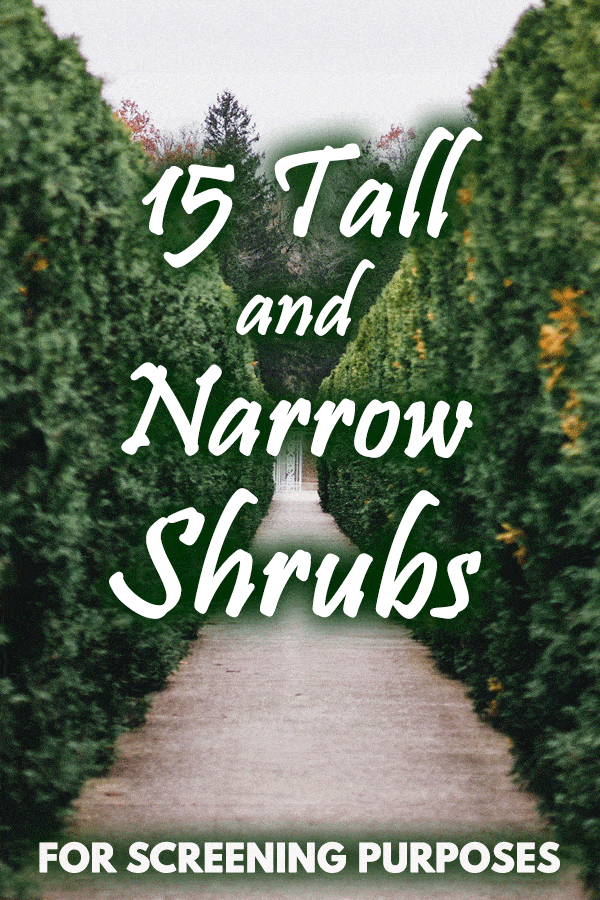
1. Holly
These Christmas-y shrubs aren't just ideal for wintertime settings. While their berries don't form until late fall and winter, you'll be able to enjoy their hearty leaves all throughout the year.
Holly shrubs can grow 35 feet tall, if cared for properly. Plant your holly shrubs in full sunlight and in soil that drains well to see the shrub's healthiest growth.

2. Boxwood
If you're looking for a shorter hedge that'll provide you with elegant landscaping, you'll want to consider the boxwood shrub. These dense evergreen shrubs look as though they belong in any Victorian garden.

You'll need to position your boxwood shrubs so that they can receive full or part sun for the better part of the day. You'll also want to ensure that your boxwoods are in well-draining soil, as these shrubs are at high risk for root rot.
Interweave your soil with organic compost and mulch to encourage healthy growth. You'll also want to water deeply and relevantly frequently to ensure that they remain as healthy as possible.
You can grow boxwood shrubs in containers or in the ground, depending on your landscaping preferences. These shrubs are easy for beginning gardeners to take care of, but you will need to shape them as they grow to maintain their elegant appearance.
Indulge yourself with these Low maintenance evergreen shrubs.
3. Hibiscus
Flowering hibiscus shrubs produce some of the most iconic and beautiful blossoms seen in the world of gardening. To bring these blooms to your garden, you'll need to plant your hibiscus seedlings just as the last of the frosts head out for the spring.
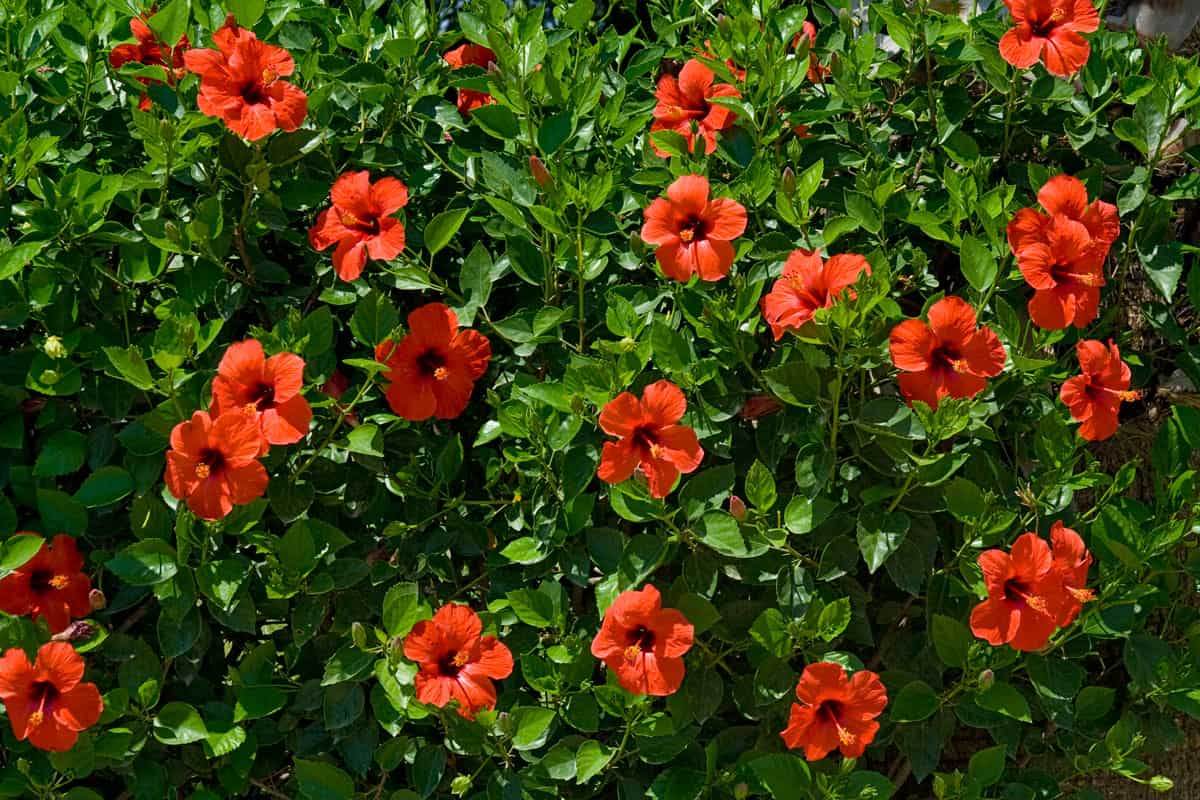
Keeping your hibiscus shrubs in full to partial sunlight to see the best growth. You'll also want to ensure that your shrubs are well-watered but planted in equally well-draining soil.
When caring for your hibiscus shrub, keep an eye out for aphids and scales. You'll need to prune this shrub, like the others on this list, not only to maintain its shape but to prevent pests like these from damaging the shrub's appearance.
4. Carolina Cherry Laurel
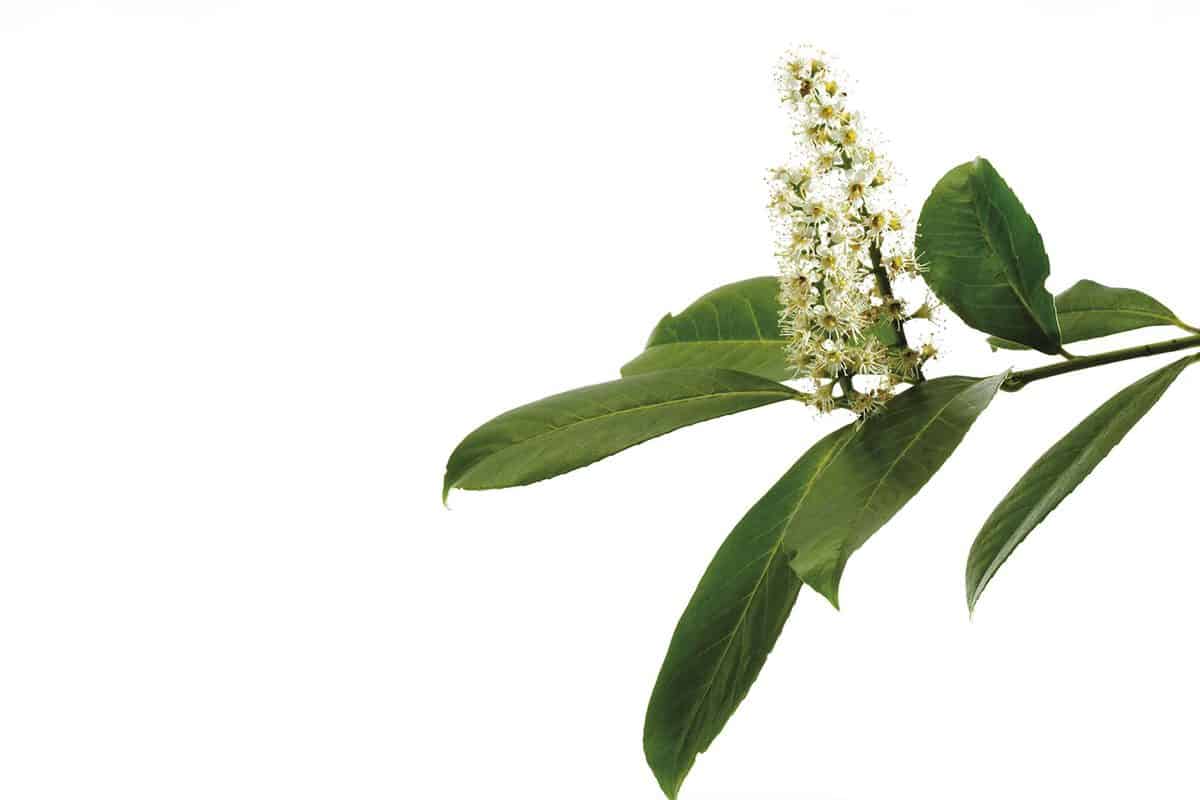
The Carolina Cherry Laurel is another one of the denser shrubs on this list.
These shrubs typically grow to be 15-36 feet in height and could, by some, be considered to be a small tree. That's why it may also come as a surprise to learn that Carolina Cherry Laurels are part of the Rose family.
When caring for a Carolina Cherry Laurel, you'll need to keep the ground around your plant reasonably moist. These shrubs are versatile in their ability to grow in clay and sandy loams.
That said, don't overwater their roots or else you put your shrub at risk for root rot, especially in clay soils.
Carolina Cherry Laurels are some of the faster-growing shrubs on this list. Keep them in part sun/shade to see the most luminous growth. Before long, you'll have tapered saplings that protect your property from unwanted eyes.
5. Willow
At first glance, you wouldn't call a willow tree a shrub. However, there are a number of types of willows that you can plant in your yard, including:
- Weeping willows
- Pussy willows
- Gold and white willows
- Black willows
- Corkscrew willows
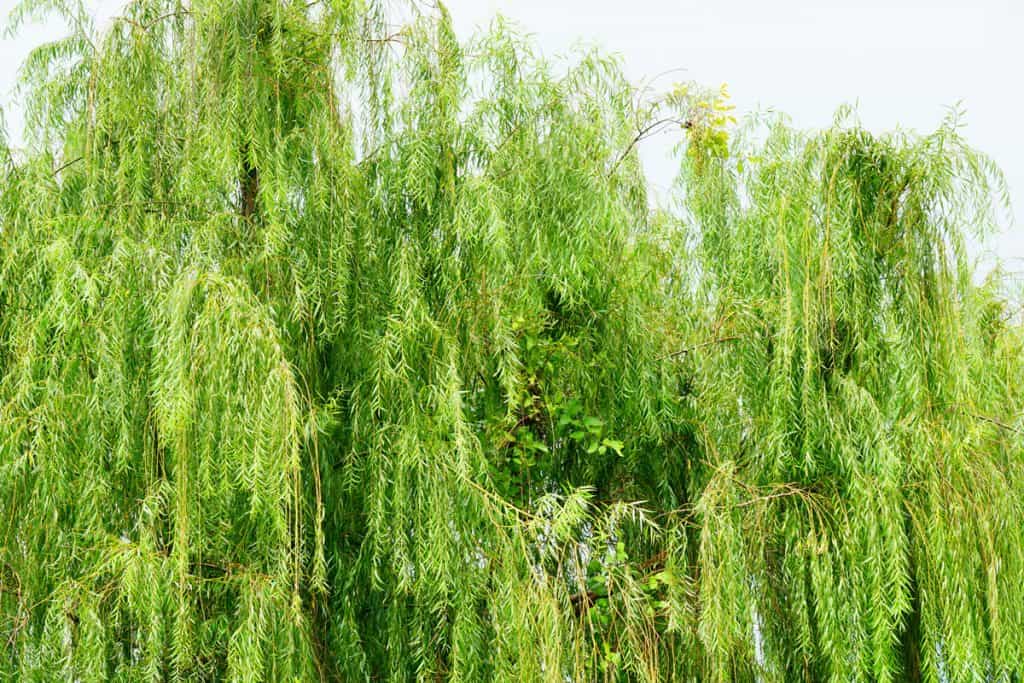
Willow shrubs grow best from willow cuttings. When near a willow shrub of your liking, try to (with permission) take a cutting that is at least 18 inches in length.
If you place the cut end into suitably moist soil and allow the soil to drain well, you'll be able to see roots developing within a matter of weeks.

It takes a little more gardening experience to successfully grow a willow shrub. These shrubs, unlike some, don't need a lot of trimming, though you should remove their lower limbs for easier, long-term care.
6. Juniper
Juniper shrubs have a unique scent that adds an aesthetic layer to your landscape. These are among the easiest shrubs to care for, as they don't require pruning and tend to remain low to the ground.

Juniper shrubs thrive in part-shade. As long as your soil is well-drained, these shrubs should flourish.

While not initially drought-tolerant, you can train your juniper shrub to endure long stretches of dryer weather. After you plant your juniper shrub, water it normally during the dryer days of the year.
Once it's developed a strong-enough root system, your juniper shrubs should be able to survive hotter stretches of time without your constant attention.
7. Arborvitae
Arborvitae shrubs are soft to the touch and make for excellent hedges. If you plant them in partial shade or full sunlight, you'll be able to see these shrubs spring up like nobody's business.
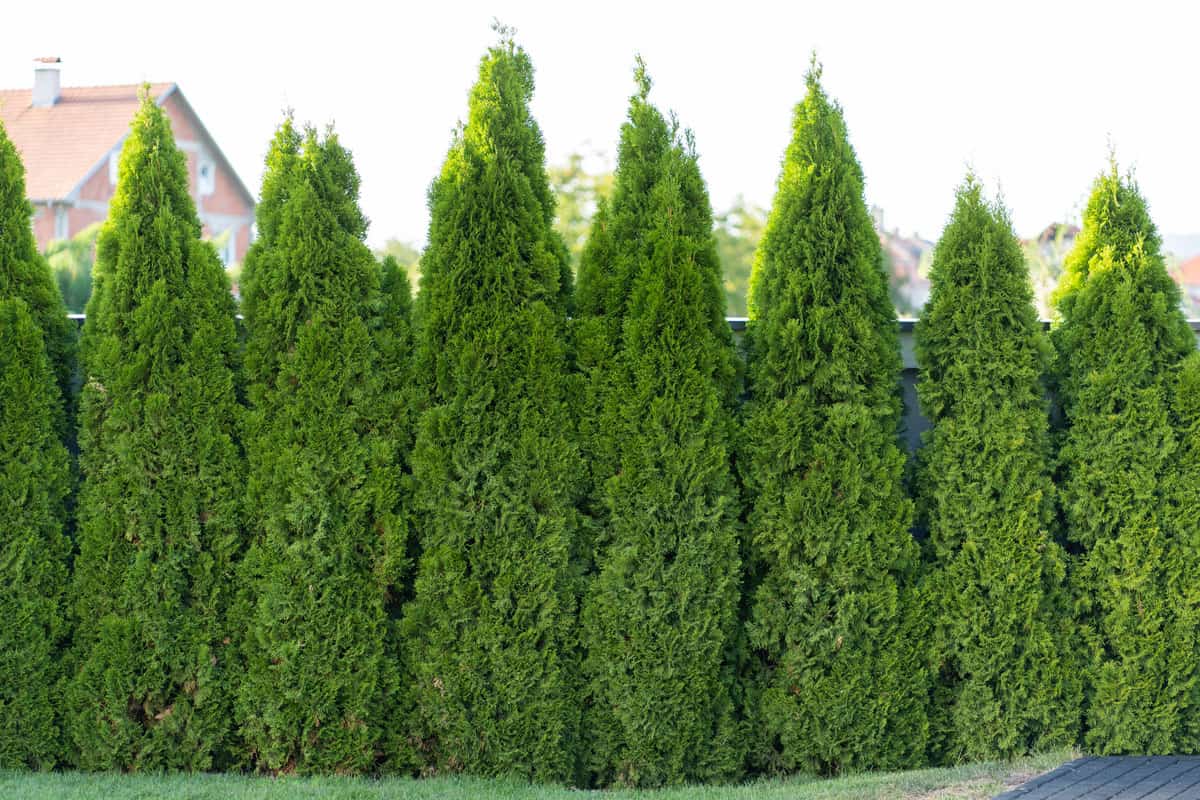
Like a number of other shrubs, arborvitae shrubs prefer well-draining soil that remains moist, most of the time. Be careful not to overwater these shrubs or plant them in an area with significant water run-off, or you risk exposing them to root rot.

Arborvitate don't require any pruning, making them almost ideal for beginning gardeners.
They can attract spider mites more frequently than other types of pests, but so long as you keep them well-hydrated, you won't have to worry about any insects ruining your lawn's aesthetic.
8. Bamboo
Bamboo is not as temperamental of a shrub as you might think. You'll need to plant it outside during March, April, or May depending on its country of origin, but otherwise, you can treat it as you would any other United States-based shrub.

Before you plant your bamboo, take care to divide the roots and the culms. Doing so will prevent over-clumping and undergrowth.
You'll need to water freshly-planted bamboo fairly often to see it grow successfully. Plant your bamboo at least twelve inches deep, then soak the soil around the plant until it's exceptionally moist.

In terms of pests, you'll want to keep an eye out for:
- Scale
- Mealybugs
- Aphids
- Mites
Thinking about bamboo designs? Here's a post about Bamboo garden ideas, have fun!
9. Ginkgo Goldspire
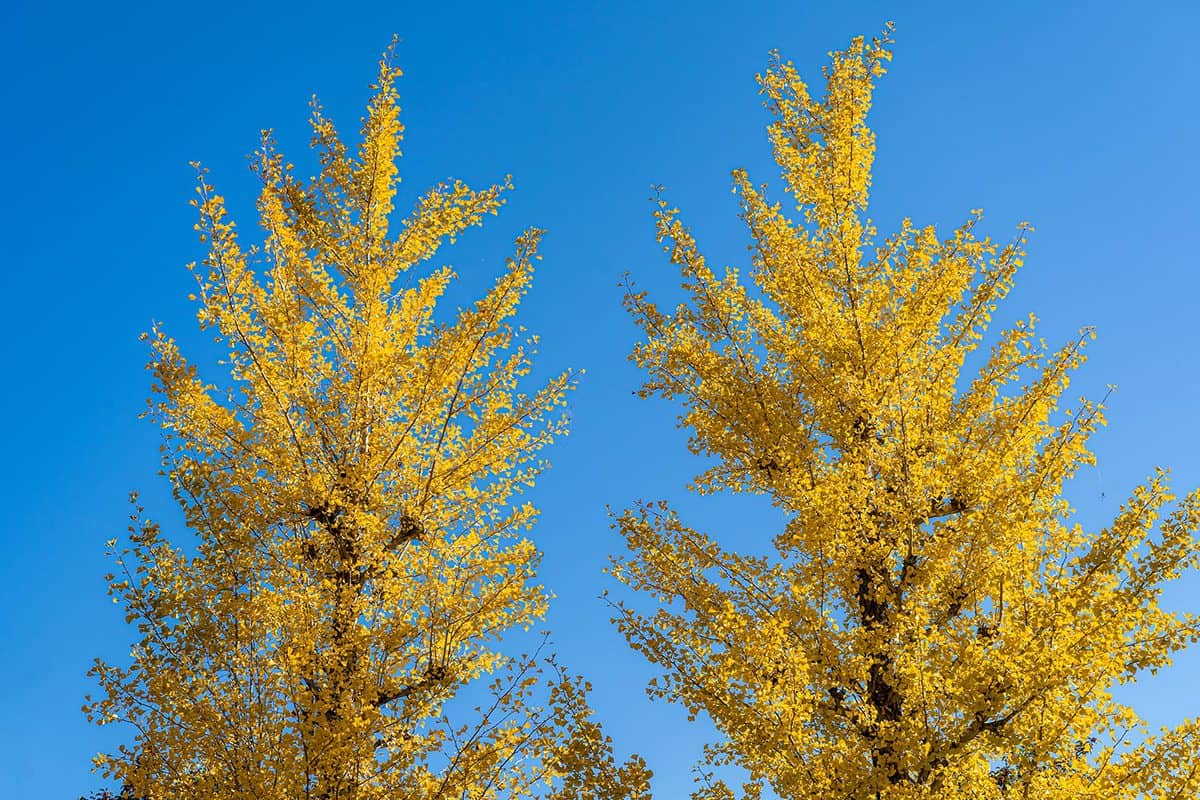
Ginkgo goldspire shrubs are somewhat new to North America, having been introduced from France in 2010. These shrubs can grow up to fifteen feet tall and five feet wide.
This variation of the ginkgo gets its name from the bright yellowing of its leaves during the fall months. Its leaves resemble little fans, and they make unique additions to any lawn.
These shrubs, like a few other here, resemble trees more so than they do hedges.
You'll want to ensure that you leave enough room for these to grow over the course of a few years, or else you risk pushing other hedges out of your garden or front lawn.
10. Lombardy Poplar
Lombardy poplars can grow up to six feet in a single year when cared for properly.

These poplars thrive in clay and sandy soil with a well-draining loam. You'll want to try and keep the roots of these poplars moist as often as you can while also allowing the root system room to expand.
Try to keep your poplars at least five feet apart upon planting to ensure that the root systems don't overlap.
11. Rose of Sharon
Like hibiscus shrubs, Rose of Sharon shrubs produces bright blue, pink, red, purple, and white flowers in late summer to early fall.

These shrubs can grow up to twelve feet in height and ten feet in width. Plant them in full sunlight to light shade to see the most growth.

Rose of Sharon shrubs do best in well-draining soil and grow best when exposed to a least a two-inch layer of mulch, which helps them retain their much-needed soil moisture.
12. Privet Hedge
Privet hedges are long-living shrubs. You'll spot white flowers on privet hedges in July and August, growths which preclude poisonous berries.
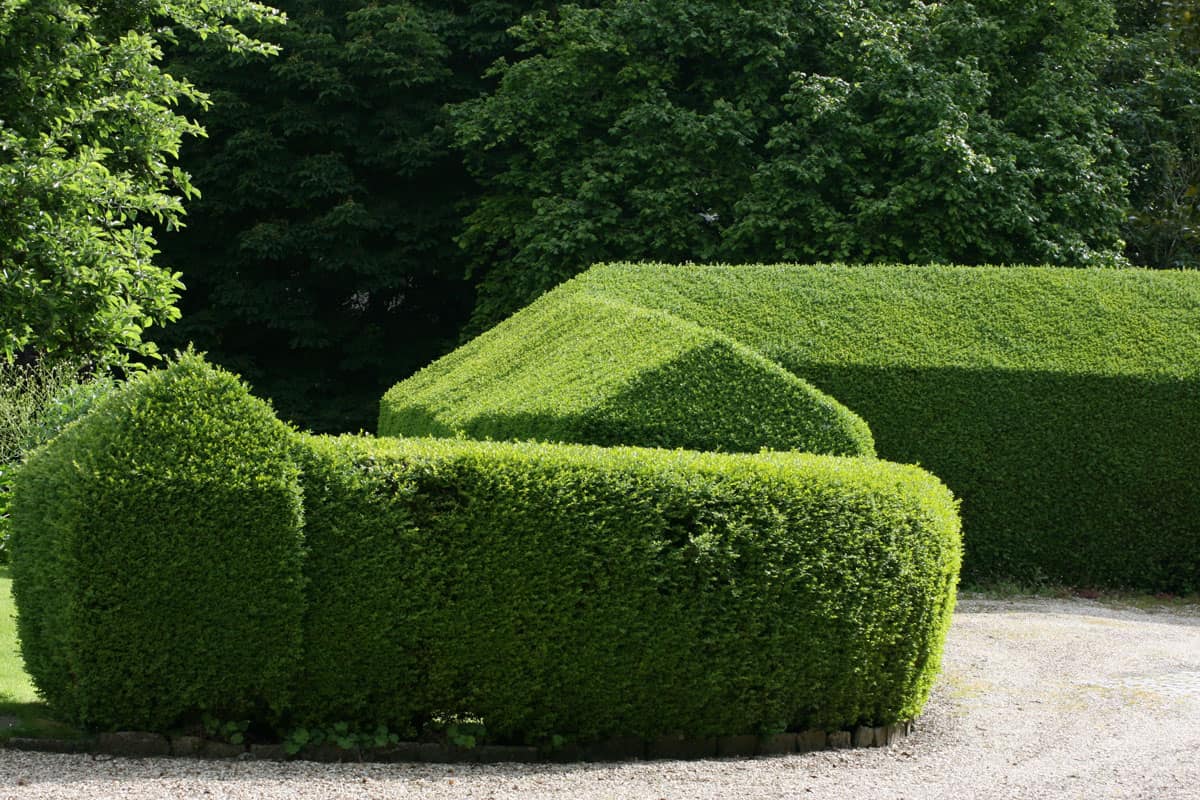
These shrubs can grow in just about any kind of soil or environment. They're especially dense but do require frequent clipping to remain contained.
Be creative and put these ideas together with garden path ideas!
13. Pyracantha
Pyracantha is also known as the firethorn shrub. This shrub is especially easy for beginning gardeners to grow. While you will have to endure thorns, the berries that cover this shrub will bring a litany of wildlife to your yard.

Plant firethorn shrubs in full sunlight to see the most growth. It's not necessary to prune this shrub with great frequency, but you can shape it as you please without causing harm to its structure.
14. Viburnum
Viburnums are another flowering shrub that can beautify your front lawn.

While the needs of these shrubs will vary based on their species, most viburnum shrubs prefer to be planted in full sun.

You should also ensure that the soil you plant these shrubs in drains well, or else you risk losing your viburnum to root rot.
15. Yew
Yew shrubs are especially drought-tolerant and easy for beginning gardeners to take care of. They can readily adapt to just about any environment and respond well to shaping with clippers.
This way you can get the exact kind of coverage you need without blocking your other plants from the sun.

Yew shrubs easily fall prey to root rot if exposed to overly-wet soil conditions. You'll want to keep an eye out for black vine weevils and mites, as well, to ensure the full health of your shrubs.

There are several types of yew shrubs available to you. These include:
- Brownii
- Densiformis
- Fairview
- Kobelli
- L.C.
- Bobbink
- Natorp
- Nigra
- Runyanii
The growth of your yew shrubs will vary based on the type you purchase, so investigate your preferred shrub shape and height before committing to a yew purchase. At the bare minimum, though, a yew shrub will grow to be three feet tall and ten feet wide.



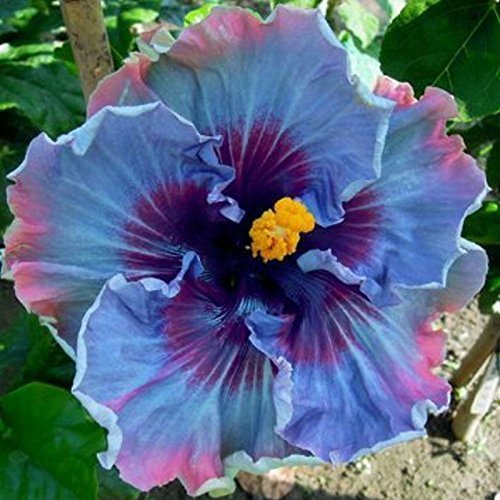












It would have been an excellent article if you had mentioned the zone that applied
Thank you for sharing. Very informative!